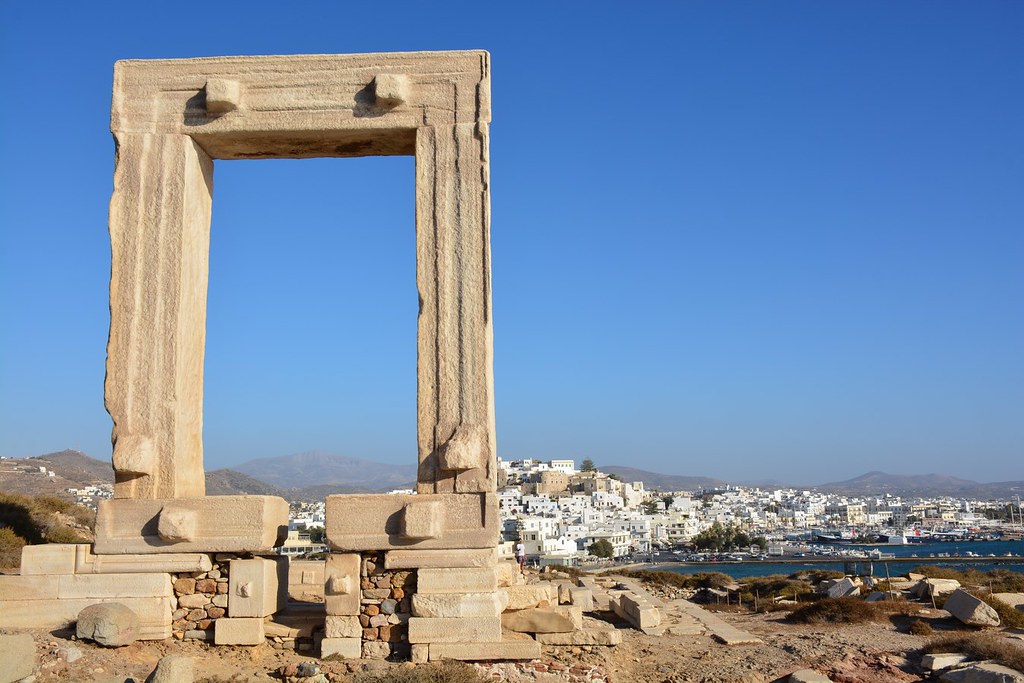The Byzantine duration has in fact left clear marks on Naxos: some 5 hundred churches and abbeys of all possible designs and types, with outstanding wall-paintings, icons, friezes, engravings and so on. Early Christian churches have actually been developed on the remains of ancient temples, and throughout the iconoclastic duration churches on Naxos were embellished without using icons. Caves thought in ancient times to be the haunts of nymphs and gods were likewise converted into Christian shrines, and when the pirates began to wreck the islands, the abbeys were fortified to keep them out.
It is thought by lots of scholars that in Byzantine times the centres of life on Naxos remained in the Tragaia-Apano Kastro and Sangri-Kastro t' Apalirou regions (as far as Ayiasos Bay).

The plain of Sangri, with its scores of little churches, has been described as a smaller sized variation of Mystras in the Peloponnese. Engravings have actually exposed that prior to 1080 Naxos was the seat of the provincial governor managing one 3rd of the' theme' - administrative unit - of the Aegean, called Nikitas, and of other senior officials. Naxos was the see of a bishop and, after 1088, of a city bishop. On a regional and provincial level at least, Naxos requirements to have been rather a vital place throughout the Byzantine duration. In 1207 (only 3 years after the fall of Byzantium to Western raiders) Marco Sanudo of Venice recorded the Cyclades and recognized the Duchy of Naxos, otherwise described as the Duchy of the Aegean, with Naxos as its head office. It would appear that Sanudo reached Naxos at Ayiasos and captured the Kastro t' Apalirou (the Byzantine centre of the island) after a 40-day resistance by the islanders. Sanudo went on to develop his own castle, the Kastro, at Hora on the site of the ancient acropolis. He divided Naxos into 56 estates, which he shared out amongst his officers. They in turn established their own fortresses on the most perfect website of each estate.

The Duchy of Naxos continued to be a significant power for over 3 hundred years, up till 1564. Because year Naxos came under Turkish guideline, however the reins of power continued to be held by the Venetians, considered that the only interest the Ottoman Empire showed was in collecting its taxes when a year.

Really number of Turks picked Naxos, specifically after the 17th century. Those who did settle coped with the constant concern of the Greek and Western pirates who infested the location and preyed exclusively on Turks. This fear of capture and massacre led the Turks of Naxos to sell up and leave, for https://www.barozzinaxos.com/gallery/food-cocktails that reason when the War of Self-reliance began in 1821 the only Turk on the island was a clerk, who sailed away in a little boat as soon as the really first vague rumours of an uprising rea ched the island. The centuries of Turkish rule on Naxos have in fact hence left very couple of traces; a couple https://www.barozzinaxos.com/restaurant/wine-list of name, and a ruined water fountain, the Aga's water fountain ', on the road from Hora to Engares. It was built by Hasan Aga, wonderful voivode of Naxos on 26 June 1759 to assurance himself of the long lasting thankfulness of thirsty visitors. The duration of Turkish guideline was a productive one for the structure of churches and schools, such as the Monasteries of Panayia (Our Lady) Faneromeni and of Ayios Chrysostomos, the cathedral church in Hora and the church of Ayia Kyriaki, the Ayios Georgios Grotta school in Hora (where Chrysanthos of Aetolia, brother or sister of the 18th-century missionary Kosmas the Aetolian, was amongst the instructors ), of Ayios Eleutherios at Sangri, the Ursuline School and the Commercial School in the Kastro. The islanders of Naxos generally rose in disobedience versus their Venetian and Turkish overlords. In August 1595, for example, a daring plot to get rid of the Turkish yoke was hatched on Naxos by agents of fifteen islands. There were much more uprisings in 1563, 1643, 1670 and 1681, however the most important were those of the 18th century. These uprisings centred around the Politis household and their fortified https://www.barozzinaxos.com/restaurant/cocktails home at Akadimi in the plain of Tragaia (a structure which today comes from the Papadakis family ). Markakis Politis, home builder of your house and leader of the' Neighborhood of Towns,' fought the conquerors continuously from 1770 to 1802. He was the fear of the Venetians and the idol of the Greeks.

